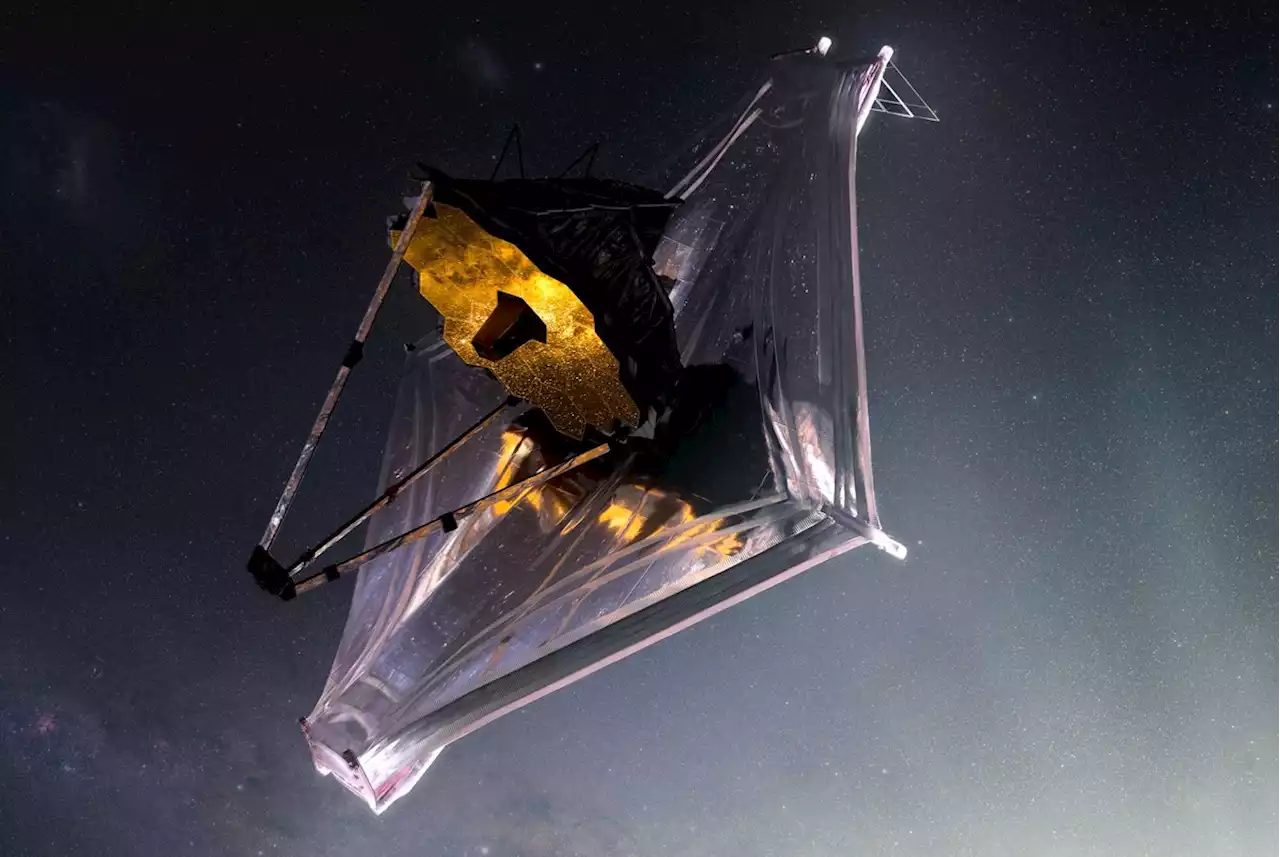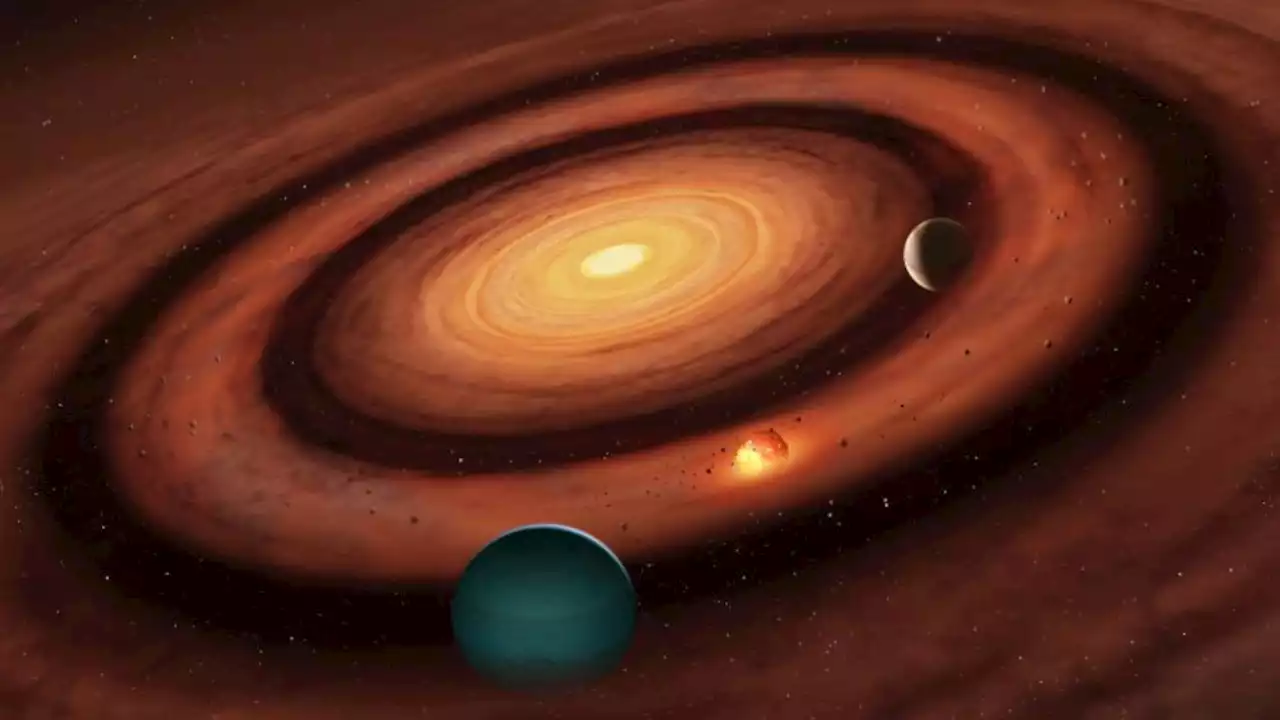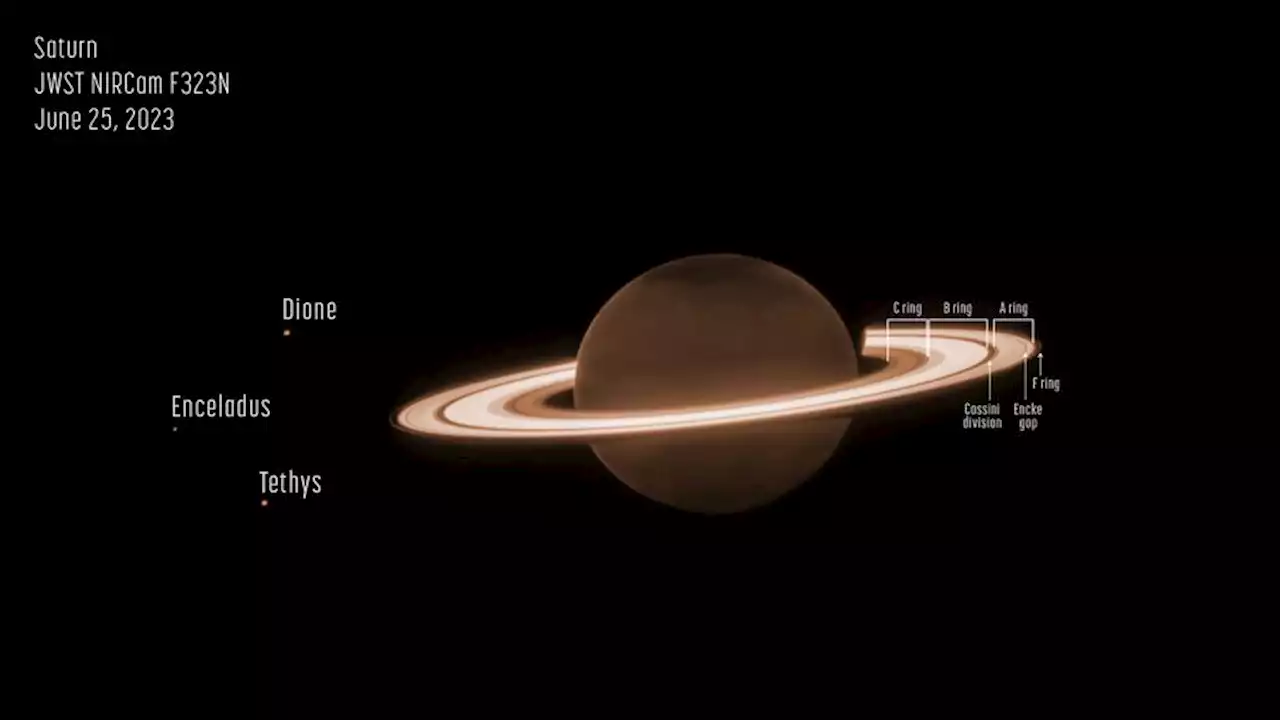Joanna Thompson is a science journalist and runner based in New York. She holds a B.S. in Zoology and a B.A. in Creative Writing from North Carolina State University, as well as a Master's in Science Journalism from NYU's Science, Health and Environmental Reporting Program. Find more of her work in Scientific American, The Daily Beast, Atlas Obscura or Audubon Magazine.
On a clear night, it might look like the stars above are distributed more or less evenly. But that isn't the case — all stars are part of a gigantic cosmic web that links galaxies across the universe like threads of spider's silk, leaving unfathomably large swaths of nothingness in between. Now, in two papers published in The Astrophysical Journal Letters on June 29, scientists detail evidence that this massive cosmic highway stretches back nearly to the dawn of the universe.
"I was surprised by how long and how narrow this filament is," Xiaohui Fan, an astronomer at the University of Arizona and a member of the research team, said in a statement."I expected to find something, but I didn't expect such a long, distinctly thin structure." This bright black hole is the reason scientists discovered the tendril in the first place. Fan and his team are working as part of the ASPIRE project, which aims to study how the earliest black holes influenced galactic evolution. The quasar detected here was one of 25 early-universe quasars that the project has its sights set on.
"This is one of the earliest filamentary structures that people have ever found associated with a distant quasar," Feige Wang, an astrophysicist at the University of Arizona and the program's principal investigator, said in the statement.
Australia Latest News, Australia Headlines
Similar News:You can also read news stories similar to this one that we have collected from other news sources.
 The James Webb Space Telescope spots the wreckage of a cosmic clash of the Titans (image)A distant swirling galaxy imaged by the powerful space telescope may look serene but it has a violent past.
The James Webb Space Telescope spots the wreckage of a cosmic clash of the Titans (image)A distant swirling galaxy imaged by the powerful space telescope may look serene but it has a violent past.
Read more »
 James Webb is a GO for Cycle 2 Observations!The observation programs for Cycle 2 of the James Webb Space Telescope have just been announced, and they are a lovely mix!
James Webb is a GO for Cycle 2 Observations!The observation programs for Cycle 2 of the James Webb Space Telescope have just been announced, and they are a lovely mix!
Read more »
 Cosmic 'sandwich' theory could explain how smaller planets are formedRobert Lea is a science journalist in the U.K. whose articles have been published in Physics World, New Scientist, Astronomy Magazine, All About Space, Newsweek and ZME Science. He also writes about science communication for Elsevier and the European Journal of Physics. Rob holds a bachelor of science degree in physics and astronomy from the U.K.’s Open University. Follow him on Twitter sciencef1rst.
Cosmic 'sandwich' theory could explain how smaller planets are formedRobert Lea is a science journalist in the U.K. whose articles have been published in Physics World, New Scientist, Astronomy Magazine, All About Space, Newsweek and ZME Science. He also writes about science communication for Elsevier and the European Journal of Physics. Rob holds a bachelor of science degree in physics and astronomy from the U.K.’s Open University. Follow him on Twitter sciencef1rst.
Read more »
 Saturn’s rings shine in new Webb telescope photoIn the image, Saturn itself appears extremely dark due to the near-total absorption of sunlight by methane gas. The rings, however, remain bright, creating the “unusual appearance” of the planet in this photo, according to NASA.
Saturn’s rings shine in new Webb telescope photoIn the image, Saturn itself appears extremely dark due to the near-total absorption of sunlight by methane gas. The rings, however, remain bright, creating the “unusual appearance” of the planet in this photo, according to NASA.
Read more »
 Webb Telescope Spots Potential Fuel for Early Universe in Supernovae DebrisDust reservoirs spewed by two stellar deaths show how stars might be born.
Webb Telescope Spots Potential Fuel for Early Universe in Supernovae DebrisDust reservoirs spewed by two stellar deaths show how stars might be born.
Read more »
